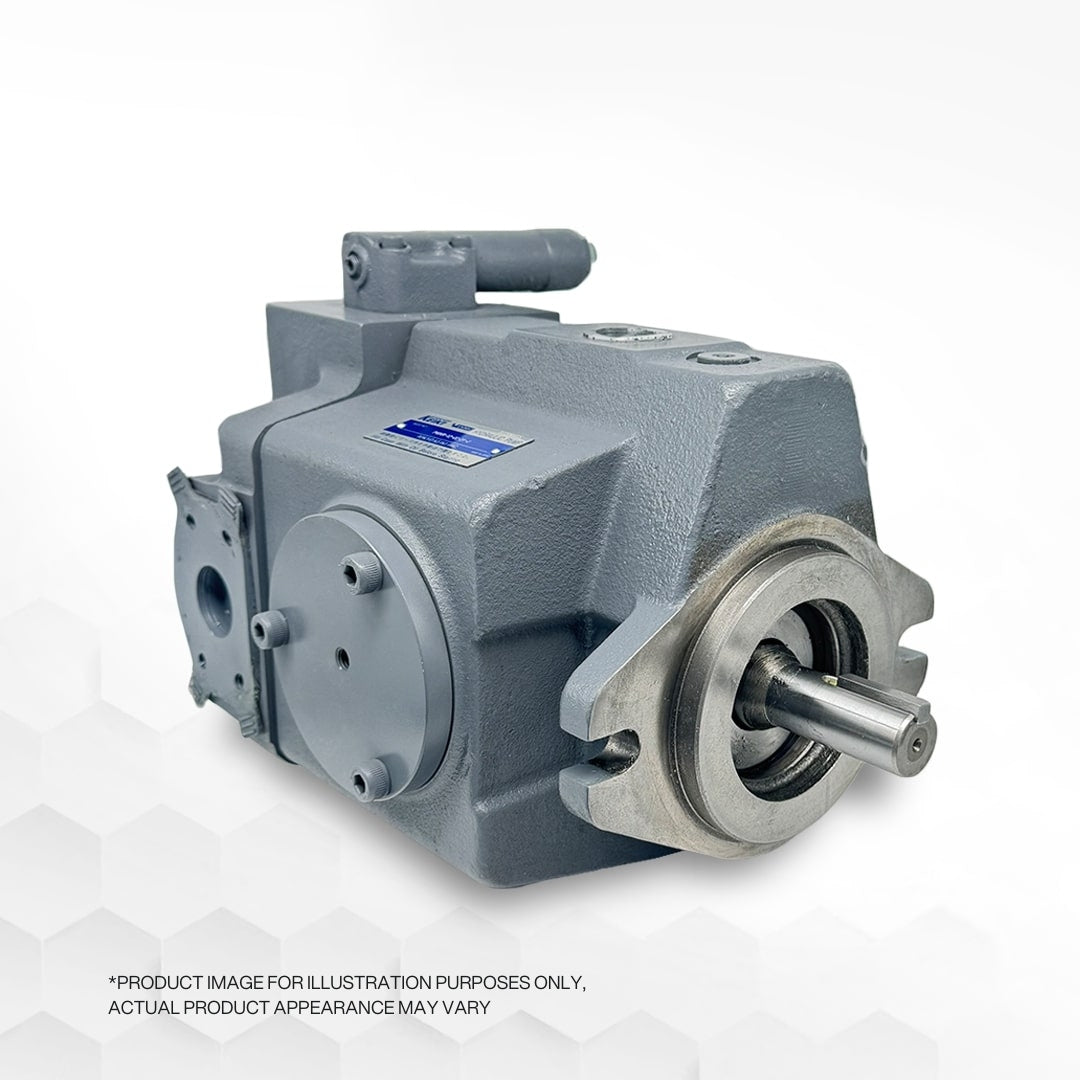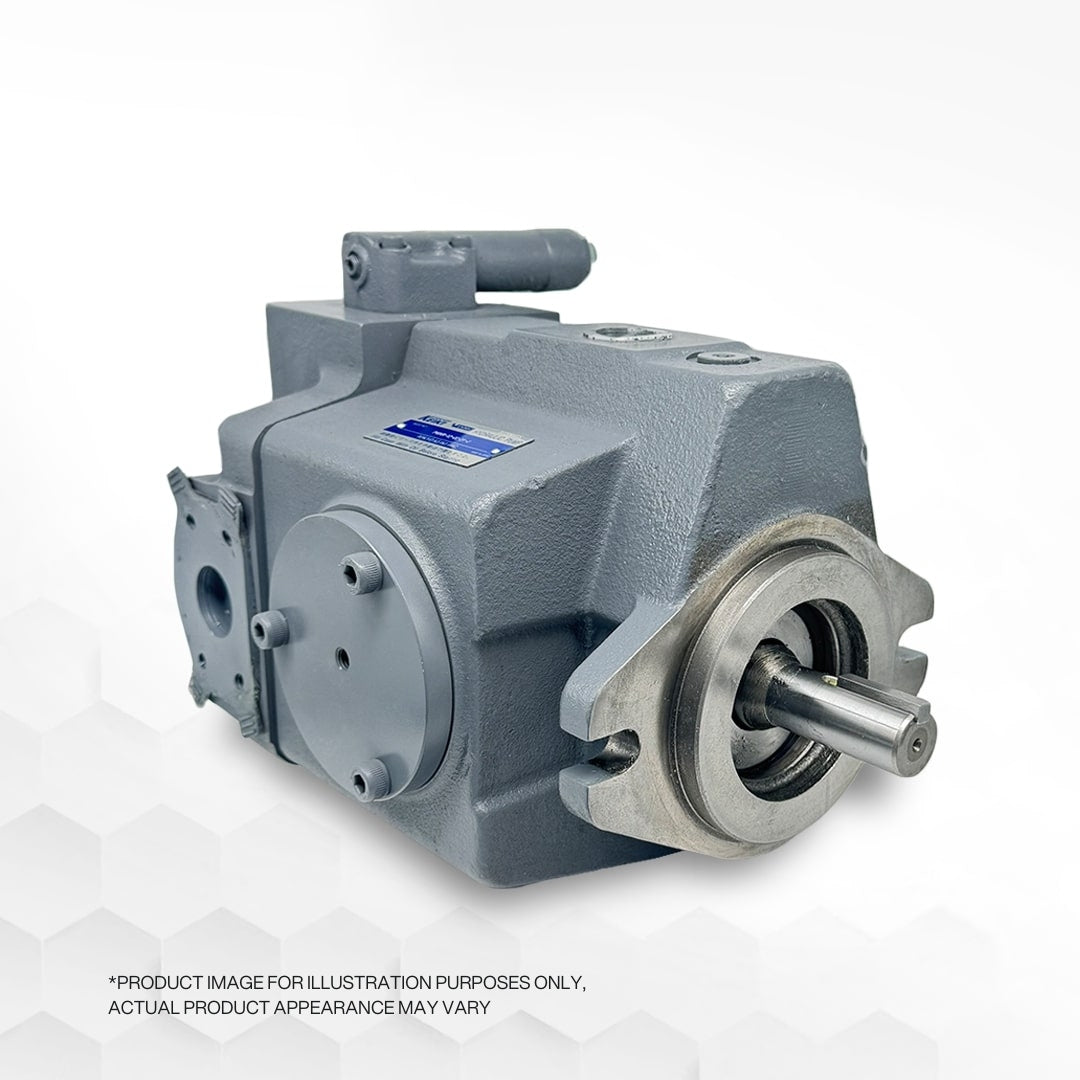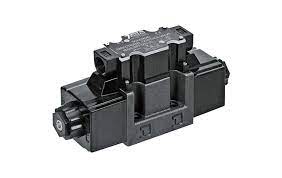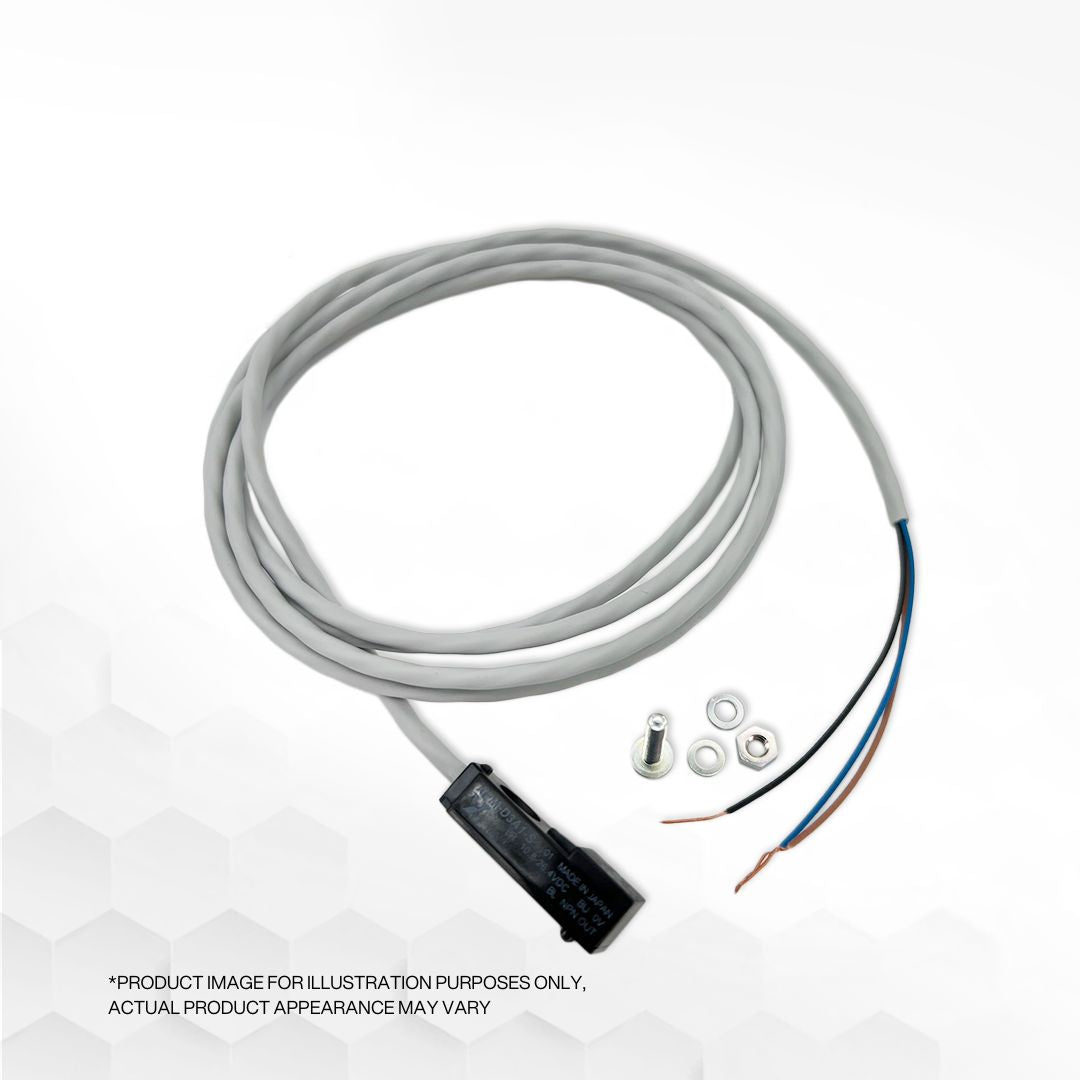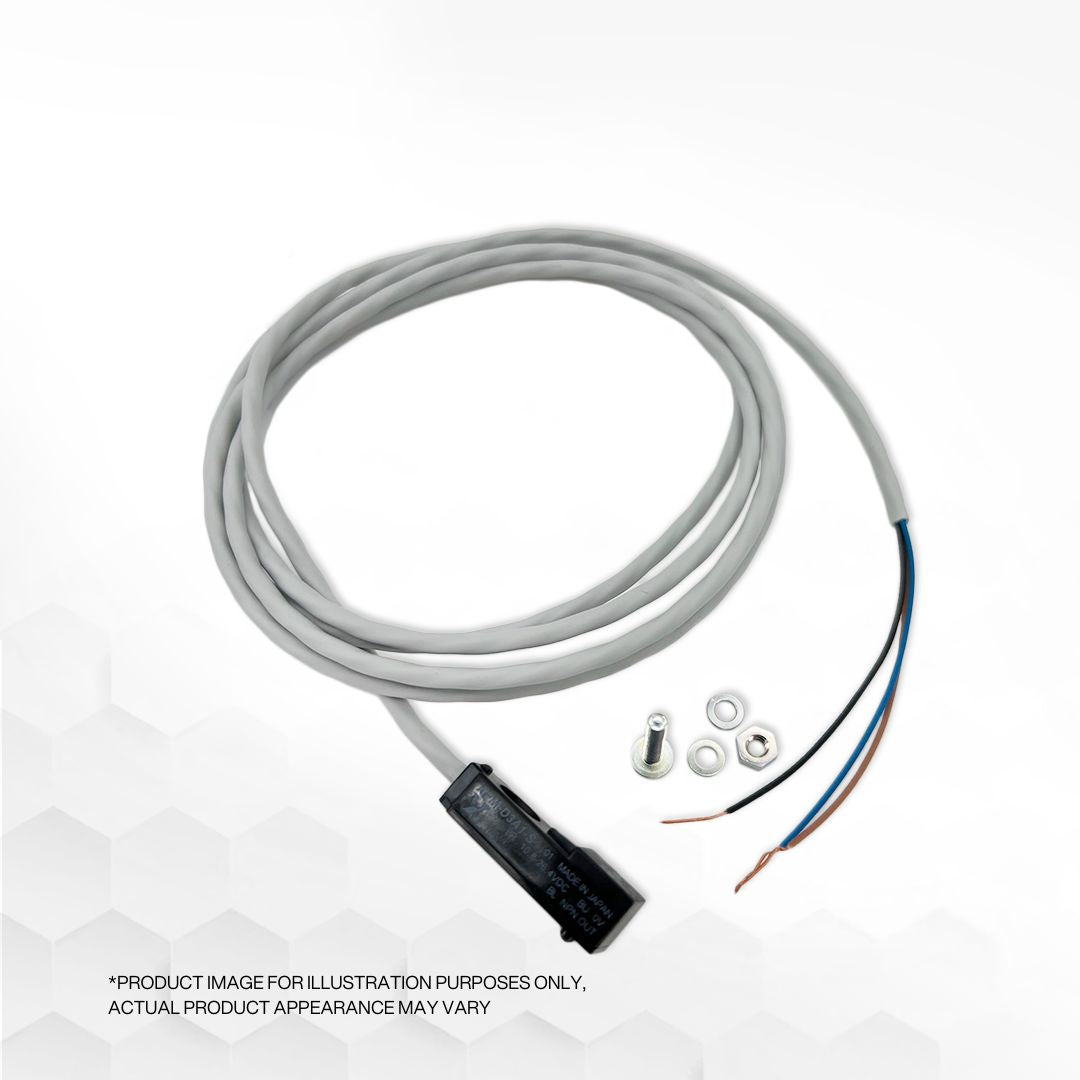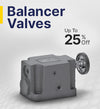
What are The Hydraulic Problems and Troubleshooting Guides?
Below are the 5-Category Hydraulic problems with suggested troubleshooting guidelines. Causes are listed according to their probability, along with their remedies.
| Hydraulic Problems | Sources/Symptoms | Possible Problems/Alarm Message | Recommended Action |
| Abnormal/Excessive Noise | Pump | Cavitation | Replace dirty strainers. |
| Clean clogged inlet line. | |||
| Clean reservoir breather vent. | |||
| Change to proper pump drive motor speed. | |||
| Air in fluid | Tighten leaky inlet connection. | ||
| Fill the reservoir to the proper level. | |||
| Bleed air from the system. | |||
| Replace pump shaft seal. | |||
| Coupling | Tighten coupling. | ||
| Check the condition of seals and bearings. | |||
| The pump is worn or damaged | Repair or replace. | ||
| Motor | Coupling misaligned or loose | Realign coupling. | |
| Check condition. | |||
| The motor is worn or damaged | Repair or replace. | ||
| Mechanical Vibrations | Misaligned, loose coupling | Realign coupling and remove any unnecessary clearances | |
| Vibration of pipes | Tighten pipe clamps and add more clamps where necessary. | ||
| Relief Valve | Improper setting | Install pressure gauge and adjust to correct valve setting pressure. Make sure the setting is not too close to operating pressure or to another valve setting. | |
| Valve is worn or damaged | Repair or replace. | ||
| Excessive Heat | Pulp | Pump is worn or damaged | Repair or replace. |
| Relief | Incorrect setting | Install pressure gauge and adjust to correct setting pressure. | |
| Flow losses between pressure and return sides | Pressure set improperly | Set pressure to the diagram rating. | |
| Defective valve function or damaged seals | Repair or replace it. | ||
| Insufficient cooling | Cooling water system unavailable | Make cooling water available. | |
| Deposits in cooling water system | Clean cooling water strainer and equipment. | ||
| Tank heater | Heater on too much | Check program for proper command. | |
| Check disconnect for proper operation. | |||
| Viscosity too low | Oil damaged | Drain and refill with fresh oil. | |
| Water contamination | Find and repair water source, then drain and refill with fresh oil. | ||
| Improper oil | Drain and refill with fresh correct oil. | ||
| Incorrect Flow | No flow | Pump not receiving fluid | Replace dirty strainers. |
| Clean clogged inlet line. | |||
| Clean reservoir breather vent. | |||
| Pump motor not operating | Repair or replace. | ||
| Pump-to-drive | Check for damaged pump or drive. | ||
| Replace and align sheared coupling. | |||
| Pump motor rotation incorrect | Reverse rotation. | ||
| Directional valve in the wrong position | Check the position of manually operated valves. | ||
| Check electrical circuit for solenoid-operated valves. | |||
| Entire flow passing | Adjust relief valve over relief valve setting. | ||
| Damaged pump | Check for damaged pump or drive. | ||
| Replace and align coupling. | |||
| Low flow | Flow control set too low | Adjust | |
| Variable displacement mechanism malfunctioning | Repair or replace. | ||
| Excess flow | Flow control set too high | Adjust. | |
| Flow losses between pressure and return sides | Maximum pressure set too high | Re-adjust pressure setting per diagram. | |
| The pressure valve cannot close due to dirt or foreign particles | Clean system. | ||
| Repair or replace parts. | |||
| Cylinder tube, piston, or seal damaged | Repair or replace damaged parts. | ||
| Seal damaged due to incompatible materials | Replace with seals that fit the system or change the hydraulic fluids to fit the seals. | ||
| Incorrect Pressure | No pressure | Dirty pump strainers | Replace. |
| Clean clogged inlet line. | |||
| Pump motor not operating | Repair or replace. | ||
| Pump-to-drive coupling sheared | Repair and align coupling. | ||
| Pump motor rotation incorrect | Reverse rotation. | ||
| Directional valve in the wrong position | Check the position of manually operated valves. | ||
| Check electrical circuit for solenoid-operated valves. | |||
| Entire flow passing over relief valves | Adjust relief valve setting. | ||
| Damaged pump | Check for damaged pump or drive. | ||
| Replace and align coupling. | |||
| Low pressure | Reducing valve set too low | Adjust. | |
| Reducing valve is worn or damaged | Repair or replace. | ||
| Relief valve or unloading valve set too low | Adjust. | ||
| Variable displacement mechanism malfunctioning | Check pump compensator. | ||
| Repair or replace. | |||
| Pump, valve, motor, cylinder, or other component is worn or damaged | Repair or replace. | ||
| Water contamination | Drain, floss, and refill | ||
| Erratic | Air in fluid | Tighten leaky connections. | |
| Fill the reservoir to the proper level. | |||
| Bleed air from the system. | |||
| Excess pressure | Reducing valve or unloading valve set too high | Adjust | |
| Variable displacement mechanism | Check the pump compensator. | ||
| Repair or replace malfunctioning. | |||
| Faulty operation | No movement | No pressure or flow | See troubleshooting guides for incorrect flow and incorrect pressure. |
| Limit device/sequence device inoperative or improperly set | Check mechanical, electrical, and/or hydraulic limits and sequence devices. | ||
| Adjust, repair or replace. | |||
| Mechanical bind not operating | Locate and repair bind. | ||
| Cylinder or motor damaged | Repair or replace. | ||
| Low flow | See troubleshooting guide for incorrect flow. | ||
| Slow movement | Fluid viscosity too high | Fluid may be too cold or dirty. | |
| Check heating/cooling system. | |||
| Change to clean fluid of correct viscosity. | |||
| Insufficient pressure | See troubleshooting guide for incorrect pressure. | ||
| Lack of lubricant | Lubricate machine ways or linkage. | ||
| Cylinder or motor damaged | Repair or replace. | ||
| Erratic movements | Erratic flow | See the troubleshooting guide for incorrect flow. | |
| Air in oil | See the troubleshooting guide for air in oil. | ||
| Improper pressure | See the troubleshooting guide for incorrect pressure. | ||
| Foaming Oil | Tank | Oil level in the tank too low | Add oil as required. |
| Suction line | The crack of leaking suction line | Repair or replace. | |
| Improper or degraded oil | Inadequate anti-foaming agent | Replace with proper oil. | |
| Directional Control Valve Position not Changing | Coil not picking up | Electric failure | Fix electric failure and check mechanical spool motion. |
| Valve spool stuck | Impurities between spool and bore | Replace valve if necessary. | |
| The throttle set too tight between the main and pilot valve of the two coil solenoid valve | Set the throttle at the correct rating. | ||
| Proportional valve not responding | Valve not receiving set value from the program | Locate and fix the electric failure. | |
| Set value received but valve not responding | Replace the proportional valve. | ||
| Computer Alarm Messages | Pressure filter blocked (identified by pump) | Replace the old filter with a new filter insert. | |
| Pressure filter blocked for the circulation pump | Replace the old filter with new filter insert. | ||
| Circulation/Filter pump fault MCC | The motor output gives an alarm to the control desk if that pump is not running. | ||
| Circulation/Filter pump stopped with main pumps running | Check circulation/filter pump for problems. | ||
| Hydraulic unit temperature high | Check cooling pump operation. | ||
| Check the cooler water strainer. | |||
| Check water thermostat operation. | |||
| Check that none of the pressure relief valves were set too low. If required, correct the setting. | |||
| Return filter blocked | Replace the old filter with new filter insert. | ||
| Hydraulic oil level low | Determine what is causing the drop in oil level. Add clean oil. The pumps will stop automatically if the level drops to the shutdown level. | ||
| Hydraulic oil level low - pumps stopping | Determine what is causing the drop in oil level. Add clean oil. The pumps will stop automatically if the level drops to the shutdown level. | ||
| Pump fault MCC or standby pump fault MCC (identified by pump) | The motor output gives an alarm to control desk if that pump is not running. |
